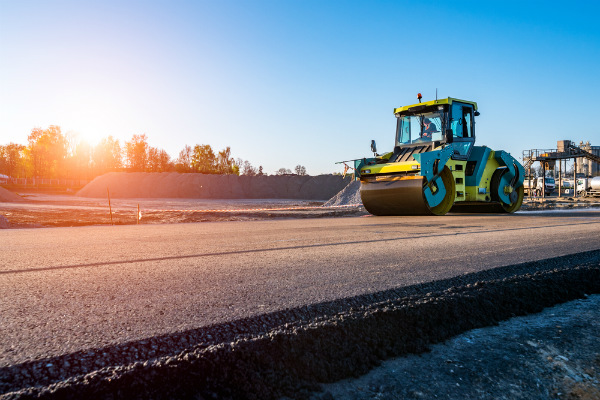We have worked on many road construction projects in the Shoalhaven and almost all of them involve the same fundamental processes. While the materials, equipment and machinery may vary slightly from project to project, the actual construction procedure almost always involves the same 4 steps.
Site Preparation
Planning a new road can take many years. Once the decision has been made to build a new road, the location needs to be thoroughly assessed. This is done by a land surveying company, who will take precise measurements, examine boundary lines and gather data on the shape and contour of the land where the road will be built.
Land surveyors will also create reference points and lay markers for the construction crew. Vegetation and other obstacles will need to be removed by an earthmoving contractor.
Utilities
Setting up road drainage systems and drainage gradients is one of the most important and complex stages of new road construction. Water needs to be kept away from roads to avoid damage to the road and keep drivers safe.
Depending on the project, concrete supports for lighting (street, security, traffic etc) need to be planted before the next phase can begin.
Road Building
Generally speaking, most highways are constructed by laying 3-4 levels of gravel followed by 2-4 layers of sprayed bitumen. Other types of surface include
- Sprayed bitumen – used on smaller roads with low traffic volumes
- Asphalt – often used as a base layer
- Concrete – used for major motorways and highways
The number of layers varies depending on the amount of traffic expected to use the road and the type of underlying soil.
Site Cleanup
The final phase involves ensuring the site is left clean and all debris and excess materials have been removed. Depending on the type and location of the road, some landscaping may be required .

